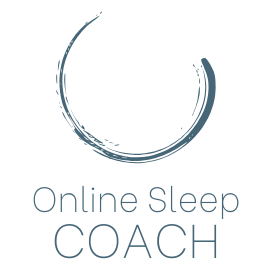Circadian Rhythm and Shift Work: Light Management Strategies
Shift work is a common necessity in many industries, from healthcare and manufacturing to emergency services and transportation. However, working outside of traditional daylight hours can disrupt your circadian rhythm—the body’s internal clock that regulates sleep-wake cycles and other essential functions. Misalignment between work schedules and the body’s natural rhythms often leads to shift work … Read more
